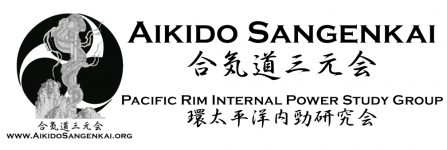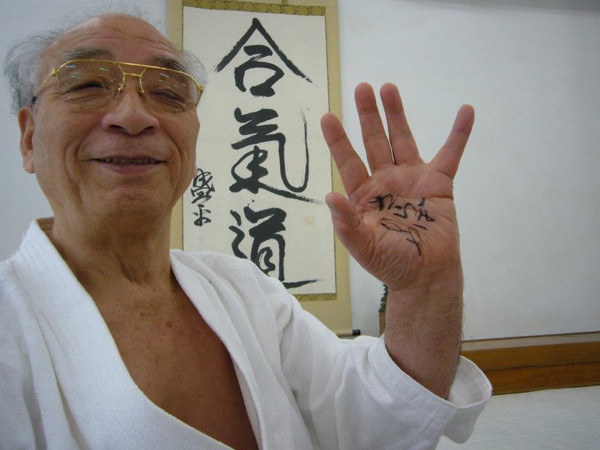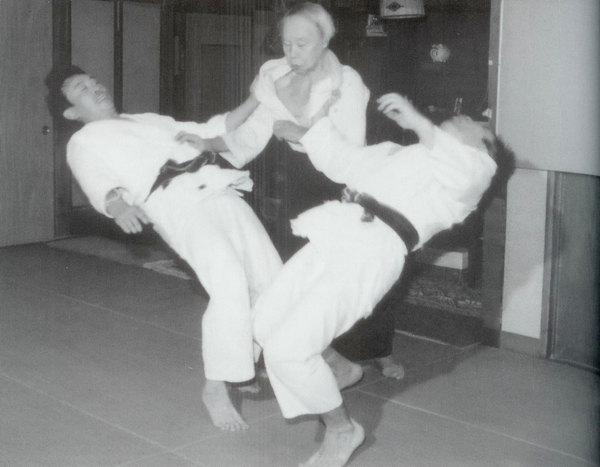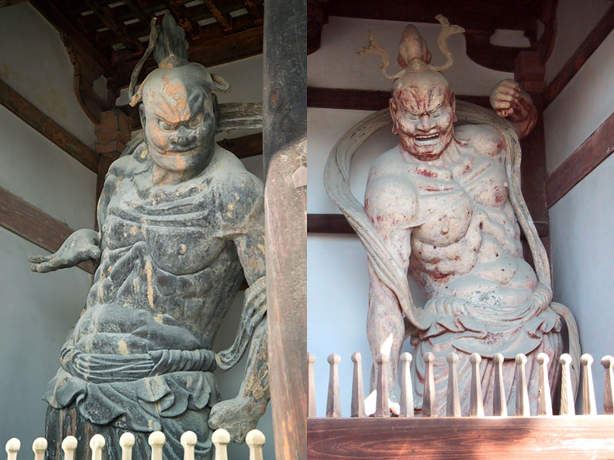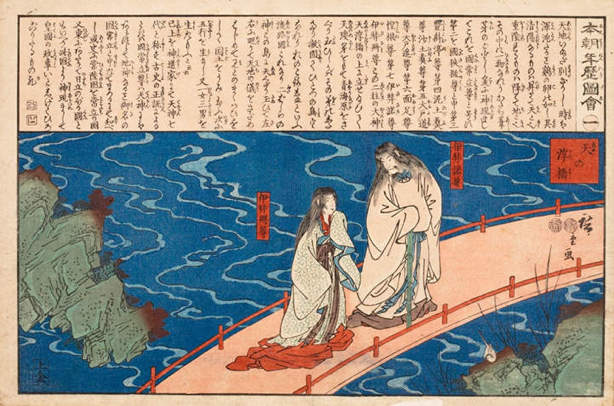Interview with Aikido Shihan Masando Sasaki, Part 2
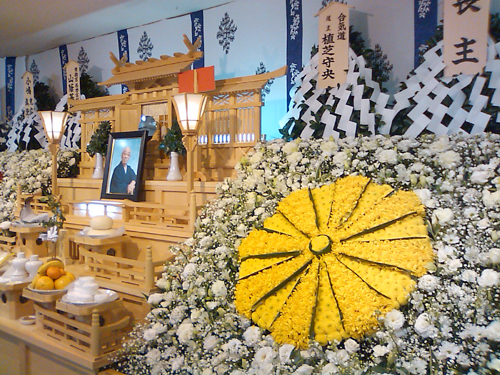
Funeral for Masando Sasaki Sensei, February 20th 2013Tojo Ceremony Hall in Tsurugaoka, Saitama – attended by more than 700 peopleThe plaque to the right of center reads "Aikido Doshu Ueshiba Moriteru"
合氣は宇宙法則の陰陽結びの道で美しく投げ美しく受身を取る稽古から切磋琢磨の和の武道であるAiki is the Way of the universal principle of In-Yo connectionThrowing beautifully in training, falling beautifully in trainingAssiduous cultivation of the Budo of Peace
-Masando Sasaki Sensei
Masando Sasaki (佐々木の将人), 8th Dan, passed away on February 15th 2013 at the age of 84. He was one of the early post-war students of Aikido Founder Morihei Ueshiba, entering Aikikai Hombu Dojo in 1954. He was a colorful character, and often controversial. Concerned with the course of Japanese political affairs, he set up a spy school together with some former members the of the Nakano spy school (Morihei Ueshiba was an instructor at the Nakano spy school until 1942). Exposed in the United States through an article in Time Magazine, he was forced to resign from the Japanese Defense Agency.
This is the second part of a three part English translation of an interview with Masando Sasaki that was published in a collection of interviews with students of the Founder published in Japanese as "Profiles of the Founder" (開祖の横顔) in 2009. You may wish to read Part 1 of the interview before reading this section.There was a short introduction to "Profiles of the Founder" in the article "Morihei Ueshiba – Profiles of the Founder".Previous postings have featured English translations of interviews from that collection with Nobuyoshi Tamura sensei (Part 1 | Part 2), and Hiroshi Isoyama sensei (Part 1 | Part 2).
